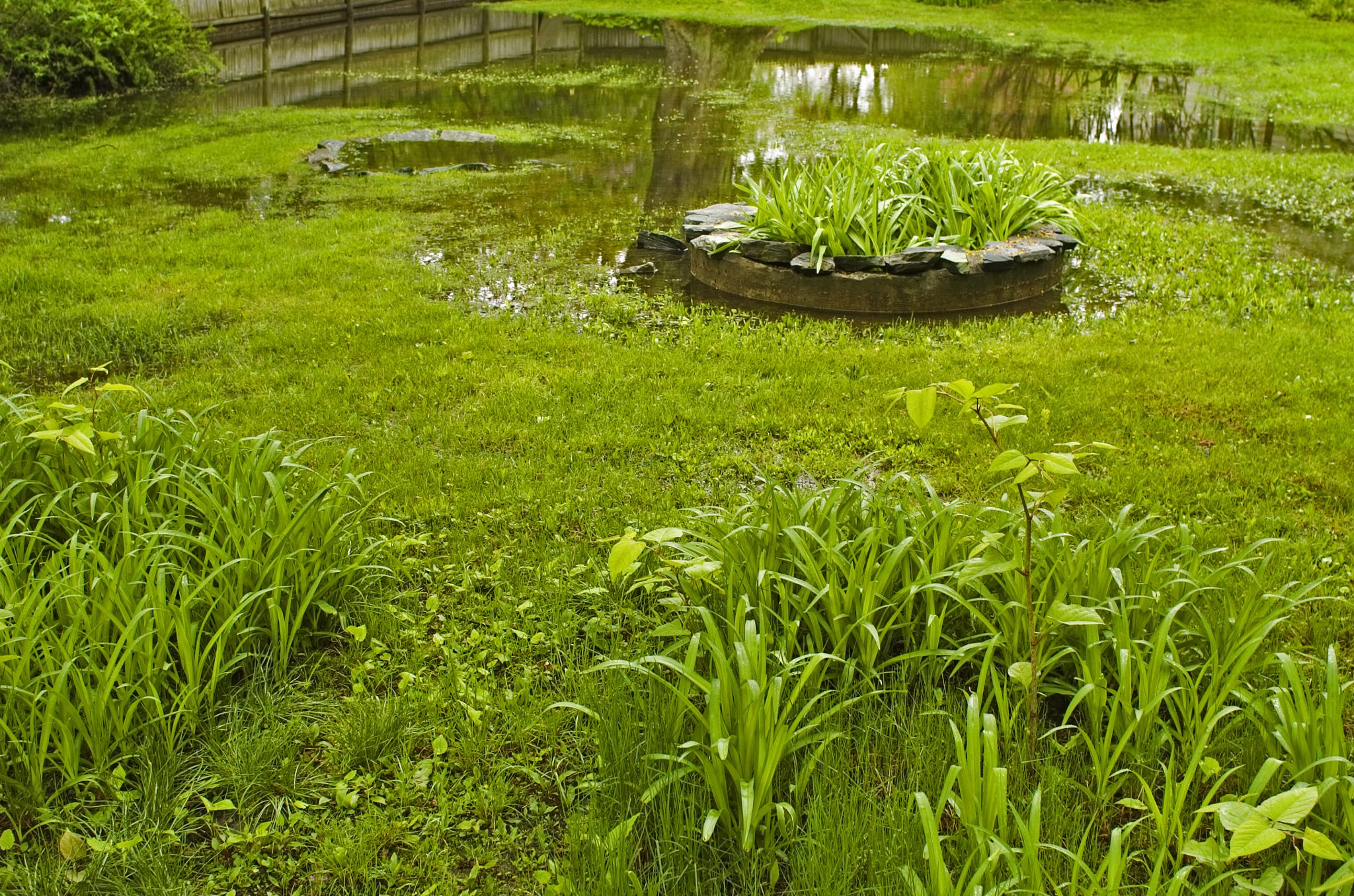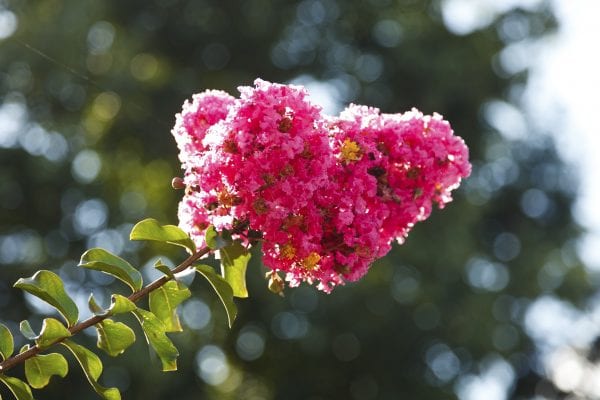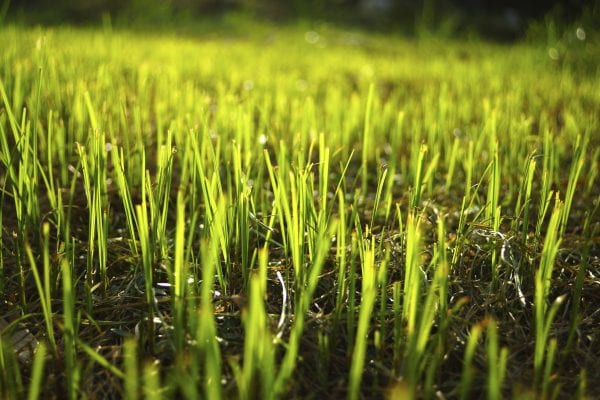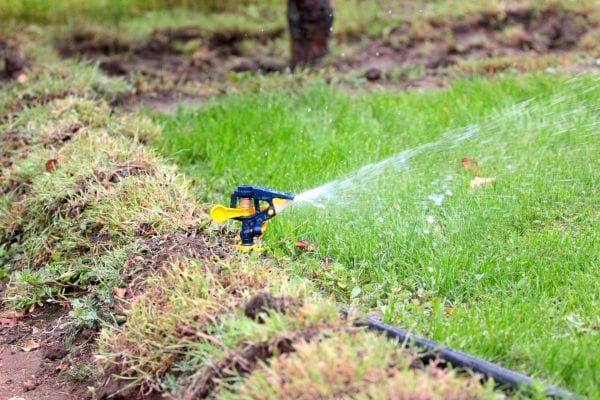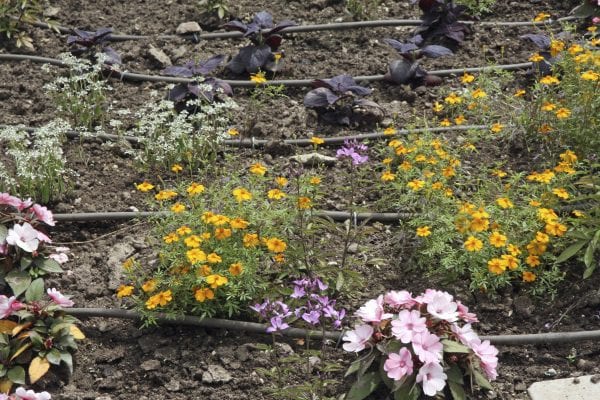Emergency Handbook

Flood damage to your home or office may be extensive and overwhelming. What about your landscape and garden? Your first impulse may be to pull all the plants out and start over. But wait. Your landscape may at least partially recover.
Survival
After the floodwaters have receded, the landscape will be covered in thick silt. It may have a raw sewage-like odor, which indicates a lack of oxygen in the soil. Many plants will look dead. Will these plants survive? Plants that have shown good survival after 2 weeks under floodwaters include most native trees, shrubs, perennials, and hardy bulbs. Other plants that show good recovery include crapemyrtles and Chinese holly (including Casissa holly and Burford holly). Plants that do not typically survive being underwater or show marginal survival include Japanese holly, Japanese boxwood, Indian hawthorn, nandina, hybrid junipers, and hybrid azaleas.
Cleanup
Begin cleanup by addressing the safety of the site. Beware of downed power lines. After you are assured that the site is safe to enter, assess the site. Is it dry enough to enter and not cause further rutting or damage? If your landscape is still saturated, wait for it to dry out. Once dry, remove trash, debris, and any uprooted plants. Separate trash and yard waste and place in the appropriate designated spot for pickup. This is typically curbside, but check with local authorities first.
Landscape Plants
Most deciduous landscape plants will defoliate immediately after a flood. Hardy evergreen plants, such as Chinese hollies, may hold onto their leaves. Washing the silt off evergreen plants is beneficial to survival and regrowth. A solution of 1 tablespoon of dishwashing liquid per gallon of water in a sprayer works well in most cases. First wet the plants with plain water and then spray the detergent solution on the foliage. Wait about a minute and rinse. Work in small areas so as not to leave the detergent solution on too long. If the silt is extra thick and stubborn, 1 teaspoon of an additional wetting or rinsing agent such as those used in dishwashers, is beneficial in breaking up the silt. Do not pressure wash plants. It can result in further damage to the leaf and stem areas.
Refrain from using a high-nitrogen fertilizer on trees and shrubs at this time. Take a soil sample if possible to determine if fertilizer is needed. Flooded trees and shrubs have undergone shock and may be experiencing a forced dormancy. Adding a new mulch layer to your landscape will do wonders for its aesthetic quality. You may find chipped hardwood mulch available for free due to tree and limb cleanup. Check if it has been properly aged. Do not use fresh hardwood mulch, as it has been known to tie up soil nitrogen as it ages and breaks down. Also be sure that the mulch does not contain any trash or contaminated material.
Turf and Lawn Areas
Bermudagrass and bahiagrass are the most resilient after flooding. Hybrids of these grasses have also responded well. Bermudagrass under 4 weeks of floodwater has responded with regrowth when a general maintenance and management regime has resumed after a drying-out period. Remove accumulations of sediment organic debris and mow. Remove only about one-third of the height at this time. Applying about ½ pound of nitrogen per 1,000 square feet will encourage turf recovery. Then follow normal maintenance practices.
Sprinkler System
Inspect and flush your sprinkler system. Turn the power off before inspecting electrical connections. If your irrigation clock was flooded, replace it. Have your backflow prevention system checked by a certified professional before reintroducing potable water (i.e., water that is part of your main drinking water system, whether well or municipal).
Shut off the water supply to the irrigation system and open up the drain valve to drain the water from the underground pipes. If the system has rotors, you may have to remove them, shake them out, and rinse them thoroughly. Many rotors have a built in check valve that prevents the water from draining out. If you have any gear-drive rotors mounted above ground be sure to check to make sure the water has drained out of them, remove and thoroughly clean them. Unscrew the inside of the head from the casing and rinse out both pieces.
Flush the pipe system before you replace the heads. Open the valves one at a time to the full open position and manually turn on the system on. Let the water run for at least 5 minutes at each zone. After you are done flushing all the zones, reinstall the heads and run your system for about 10 minutes.
Are the spray heads or rotor heads spraying a correct spray pattern? When you shut the water off, are the heads sticking up instead of retracting back down? Sometimes, the heads can be easily cleaned by stepping down on the riser while the head is running. Let it pop back up, then step on it again. Do this a few times, then turn off the system and see if the head is still sticking. Finally, turn off the system and make sure all the heads go down. If heads are still sticking, replace the ones not working correctly.
Drip and Microirrigation System
Drip and microirrigation systems may be plugged by a variety of causes including particulate matter, chemical precipitates, organic growths, and insects in the system or a combination thereof. Clean these systems by opening the end of the line and flushing with fresh water. Replace emitters that remain clogged or are damaged.
Patience Can Help You Save Money
Salvaging a flooded landscape can be economically feasible if you have the time and patiece to let your plants return naturally. By following these steps to access your landscape and giving it time to recover you can benefit from nature’s resilience.
Used by permission of eXtension.org.
Use pesticides only according to the directions on the label. Follow all directions, precautions, and restrictions that are listed. Do not use pesticides on plants that are not listed on the label. Trade and brand names used are given for information purposes only. No guarantee, endorsement, or discrimination among comparable products is intended or implied by the Alabama Cooperative Extension System. This publication is for information purposes only and should not be a substitute for recommendations or treatment by a health care provider.

